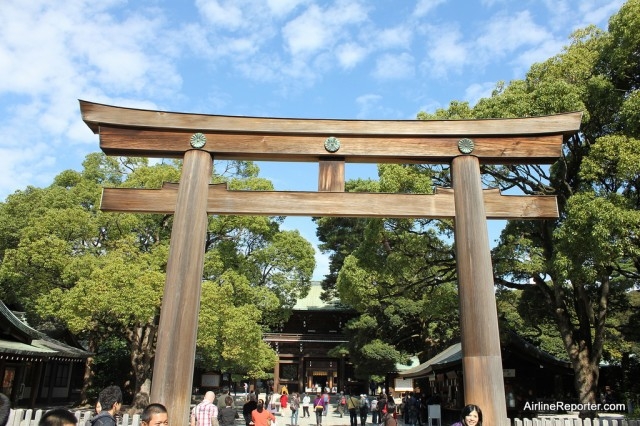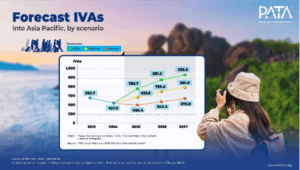WTTC: Japanese tourism recovering quicker

Tokyo: Japan is back to normal operations and is welcoming tourists with open arms after the Tsunami that hit northern part of Japan on March 11,2011.
Tourism was hit hard after the Tsunami. The numbers of visitors dropped over 72% in March compared to the March, 2010. Tourism has continued to slip and in September 2011 numbers were down almost 25% compared to 2010.
According to the Japanese newspapers, it is safe to return to Japan and there are some pretty amazing deals going on right now.
The World Travel & Tourism Council (WTTC) has announced the launch of the third of four quarterly reports into the recovery of the Japanese tourism industry following the Tohoku Tsunami earlier this year.
According to the report – officially entitled The Tohoku Pacific Earthquake & Tsunami: Impact on Travel & Tourism – Update December 2011 – the tourism industry in the country has rebounded strongly in the second half of 2011 and more rapidly than previously expected.
The first report, launched at the Global Summit in Las Vegas in May 2011, set three recovery scenarios and suggested the overall impact of the earthquake and tsunami could range from a reduction of ¥0.9 trillion (low impact scenario) to ¥1.9 trillion (high impact scenario) in the tourism contribution to Japan’s GDP in 2011.
In the World Travel & Tourism Council’s second Japan report in September 2011, analysis of tourism data showed the recovery was in line with the low impact scenario, and more recent analysis shows that domestic and outbound tourism is now back to pre-March 2011 baseline, with inbound well on the way to recovery.
Updated scenarios, based on this most recent data, suggest the total negative impact of the earthquake and tsunami on tourism’s contribution to Japan’s GDP will be roughly ¥0.7 trillion and confined largely to 2011.This is less than even the most optimistic ‘low impact’ scenario produced in the immediately after the disaster.
Data from the Japan National Tourism Organisation and STR Global also suggest Japanese domestic and outbound tourism has recovered ‘losses’ to levels consistent with or better than forecasts made prior to the earthquake.
Due to the dominance of domestic tourism relative to inbound tourism, this implies that total Japanese tourism demand and GDP will have recovered by the end of 2011.
For the year as a whole there is a noticeable negative effect, but this should not have any lingering impact in 2012.
This recovery can be attributed to the speed of the restoration of basic infrastructure immediately after the earthquake, and has been supported by the ongoing appreciation of the yen.
Furthermore, airline data from Japan Airlines and All Nippon Airways suggest a quicker recovery in demand for long-haul destinations than for travel to other Asian destinations.This is in contrast to the inbound trends and may be due to a fundamental change in the pattern of demand.Inbound travel has yet to fully recover and for 2011 as a whole, foreign visitor arrivals are expected to be around 25 per cent lower than in 2010.
Arrivals continue to be in line with previous WTTC low impact scenario, which states that international tourist arrivals will recover in numbers by early 2012.
This is partly the result of growth in short-haul arrivals, by October arrivals from Hong Kong, China and Taiwan were back to, or above, October 2010 levels; and backed by strong performance in the Indian and Thai markets, although the latter has dropped off due to the severe flooding in Thailand.
For long-haul markets, and especially European sources, the trend over recent months also appears to have been upwards, but improvement has been slower partly due to the eurozone debt crisis as well as some residual nervousness regarding nuclear safety.
WTTC president David Scowsill stated: “Nine months after the devastating earthquake and tsunami which hit northeast Japan, the country’s tourism industry has exceeded even the most optimistic forecasts and is well on the way to recovery
WTTC’s 12th Global Summit, to be held in Sendai and Tokyo on April 16t-19th 2012, will showcase Japan’s recovery and bring world tourism leaders together to demonstrate Japan really is open for business.”The final Japan update report will be a ‘one year after’ review launched in March 2012.














